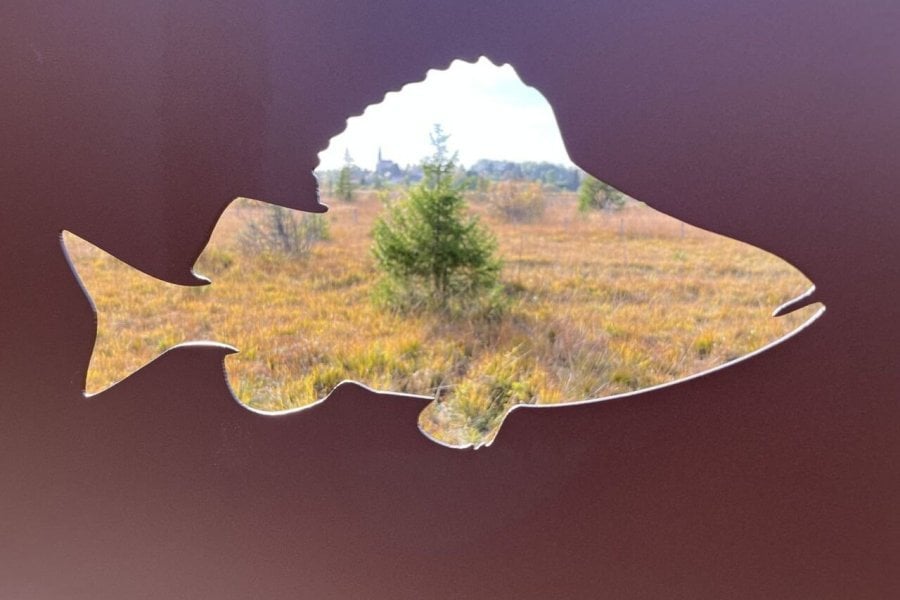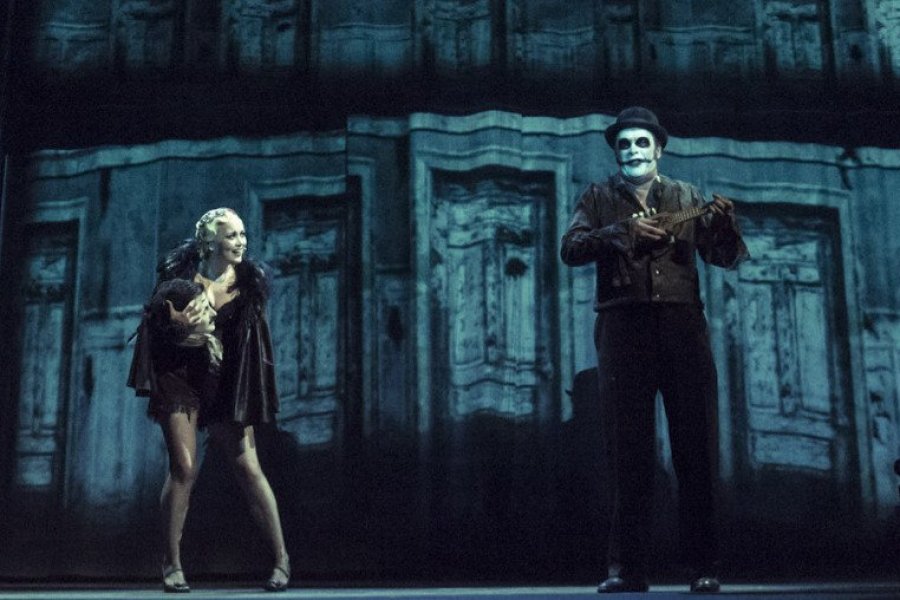
Remarkable biodiversity.
Recommended by Jean-Michel PUTOD
In the Massif Jurassiens, peat bogs are real nuggets of exceptional biological diversity, with some 900 species recorded within them. They are ...
With an exceptional architectural heritage ranging from Gothic to Art Deco, the capital of Burgundy is also a gastronomic and wine destination. Former capital of the Dukes of Burgundy, Dijon evokes, of course, mustard, but also blackcurrant and its kir, gingerbread and more globally gougères, fondue and beef bourguignon and many other specialties that are highlighted during its fall gastronomic fair and throughout the year through its chefs and producers. The Cité de la gastronomie et du vin, inaugurated in 2018, has established an identity that has been claimed and justified. Other symbols mark the urban landscape: the Porte Guillaume, the triumphal arch of the Place Darcy, the Notre-Dame church and its gargoyles or the reproduction of the Pompon bear in the Darcy garden. The most beautiful Haussmannian buildings are occupied by the Caisse d'épargne, the Galeries Lafayette, the University of Burgundy, the Grand hôtel la Cloche, etc. A little jewel of the city center, listed as a Unesco World Heritage Site, the 15th century timber-framed houses of the rue Verrerie are worth seeing. Another atmosphere with the marina and its pleasure garden. Cultural jewel, the museum of Fine Arts occupies since 1787 the vast Palace of the Dukes. Other visits are necessary to discover the Museum of Burgundian life installed in the cloister of the Bernardines monastery, the Cassissium, the largest space dedicated to blackcurrants, the kite museum or the ancestral Mulot et Petitjean gingerbread factory still in activity.
Dijon is a very touristic destination, animations and activities are proposed all year round. No off-season. You can visit Dijon in any season, even if the summer season is preferable if you want to avoid the cold and rain. But even in gloomy weather, Dijon's architectural, cultural, commercial and gastronomic richness is enough to delight visitors and warm up the atmosphere. In autumn (10 days at the beginning of November), the Dijon International and Gastronomic Fair with its 600 exhibitors can be an additional attraction.
Dijon's climate is oceanic with a semi-continental trend. The oceanic influence results in frequent rainfall throughout the year, with a maximum in autumn and a minimum in summer. Winters are cold with relatively frequent snowfalls, summers are hot with some violent storms. The lowest average temperature is in January, the highest in July. The west side of Dijon is the most sunny area.

Recommended by Jean-Michel PUTOD
In the Massif Jurassiens, peat bogs are real nuggets of exceptional biological diversity, with some 900 species recorded within them. They are ...

Recommended , the 12/12/2023 by Jean-Michel PUTOD
One might rightly wonder why a casino should be located in the middle of the Haut Jura Regional Nature Park. Saint-Laurent-en-Grandvaux enjoys ...

Recommended by Tanguy REVAULT
Dijon residents and visitors to the capital of Burgundy will have the opportunity to discover a range of outstanding events at the Opéra de ...